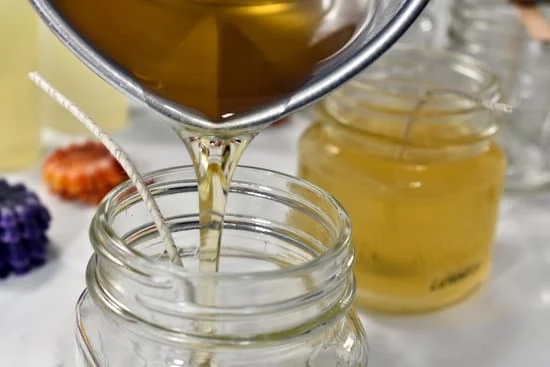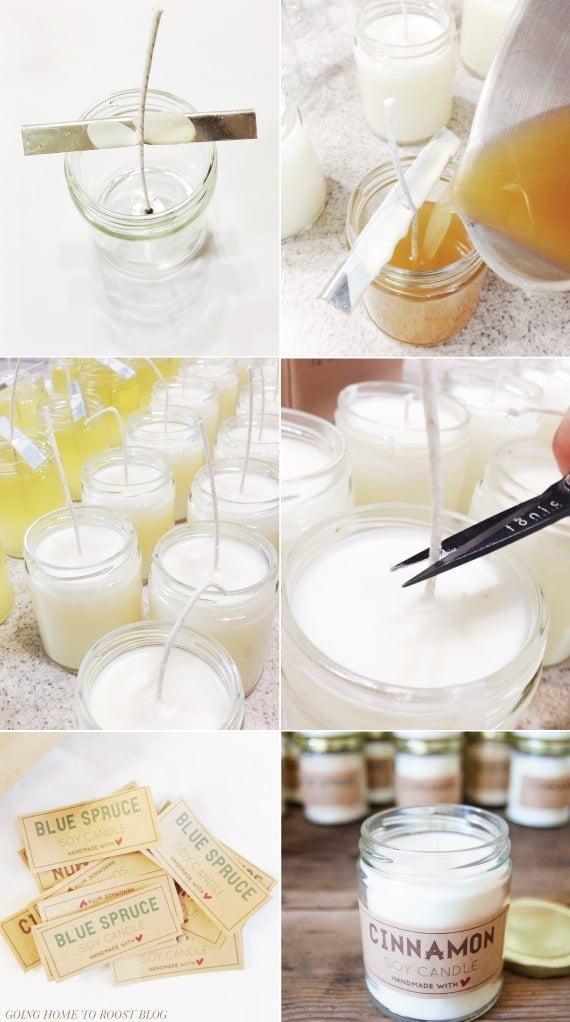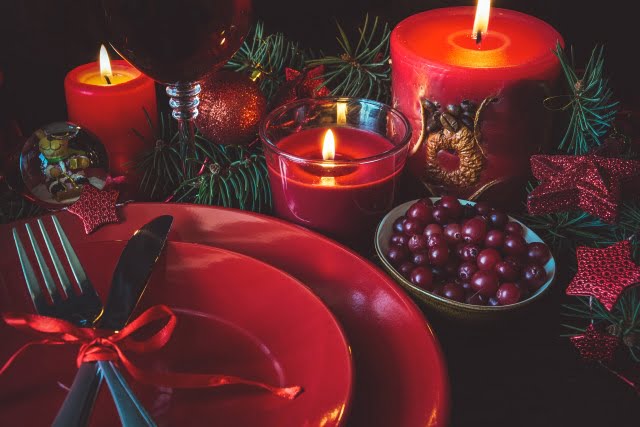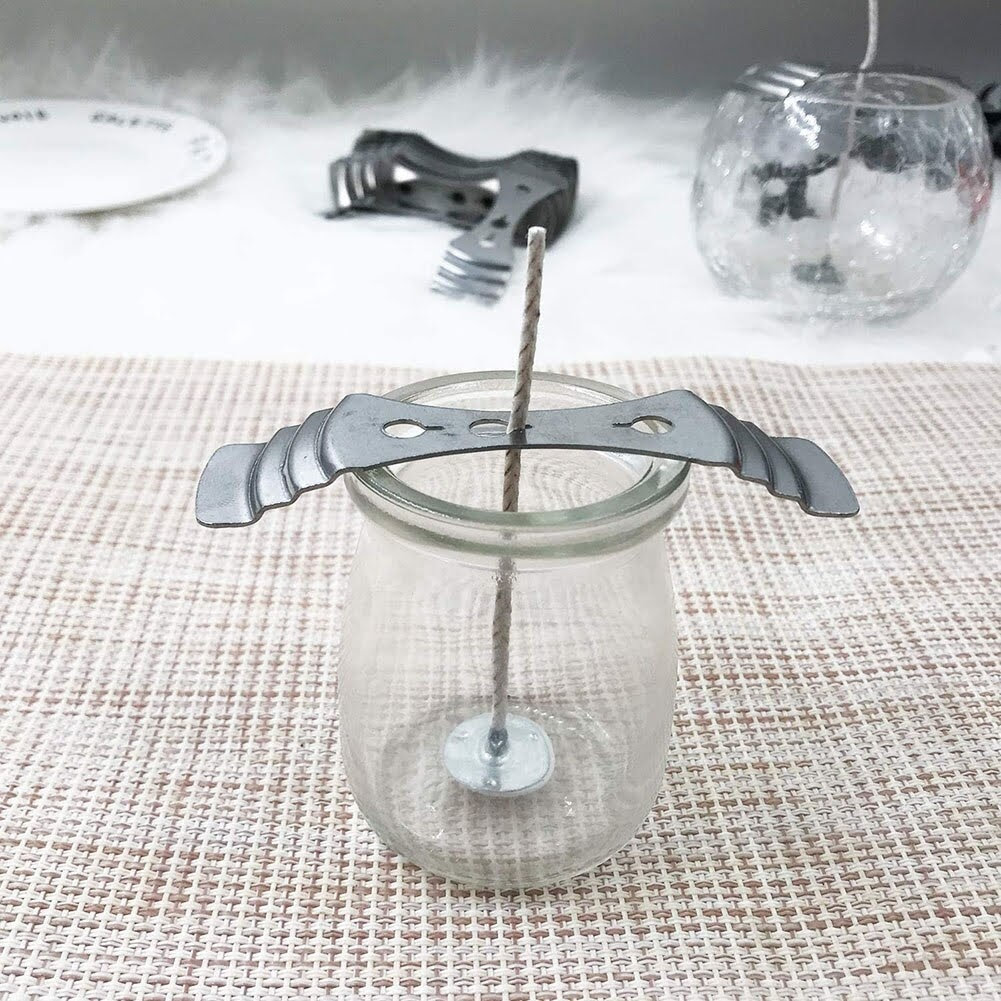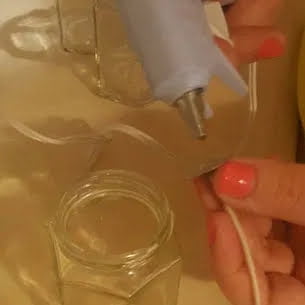Are you looking for a natural way to enhance the ambiance and benefits of your candles? Look no further, as this article is the ultimate guide to incorporating essential oils into your candle making process. Whether you are a seasoned candle maker or just starting out, these essential oil recipes for candle making will elevate your craft to the next level.
When it comes to creating candles with essential oils, the possibilities are endless. From relaxation to invigoration, each essential oil brings its own unique aroma and therapeutic properties. In this comprehensive guide, we will explore the benefits of using essential oils in candle making, how to choose the right essential oils for your creations, and important safety precautions to consider.
By learning about essential oil recipes for relaxation candles and invigorating candles, as well as tips for blending and experimenting with different aromas, you can customize your candles to suit any mood or occasion. Additionally, we will cover where to source high-quality essential oils so that you can ensure the best results for your candle making endeavors. Let’s delve into the world of essential oil recipes for candle making and harness the power of these natural wonders.
Benefits of Using Essential Oils in Candle Making
Using essential oils in candle making offers a range of benefits, from creating a pleasant aroma to potentially promoting relaxation and well-being. Here are some reasons why incorporating essential oils into your candle making process can elevate your craft:
- Therapeutic Effects: When using essential oils in candle making, you can harness the potential therapeutic effects of aromatherapy. Certain scents, such as lavender or chamomile, are known for their calming properties and can help create a relaxing atmosphere in your space.
- Natural Fragrance: Essential oils offer a natural and chemical-free alternative to synthetic fragrances often found in store-bought candles. By using essential oils, you can enjoy the pure and authentic scent of botanical extracts.
- Potential Health Benefits: Some essential oils have antimicrobial or air-purifying properties, which can help improve indoor air quality when diffused in candles. Certain oils like eucalyptus or tea tree may also provide respiratory benefits when inhaled.
It’s important to note that not all essential oils are suitable for use in candle making. Some essential oils may not hold up well to heat, while others may have a lower flashpoint and be more prone to combustion. Therefore, it’s crucial to carefully select the right types of essential oils for your candles.
When choosing essential oils for candle making, consider the following factors:
- Scent Strength: Some essential oils are more potent than others, so you’ll need to adjust the amount used based on the desired level of fragrance in your candles.
- Compatibility with Wax: Certain essential oils may not blend well with specific types of wax, so it’s important to consider how the scent will interact with the base material.
- Aesthetic Appeal: Beyond their aromatic properties, consider how different essential oil scents complement the overall aesthetic or theme of your candles.
By carefully selecting high-quality essential oils that align with your desired outcome and taking appropriate safety precautions during the candle-making process, you can create beautiful and aromatic products that enhance your space and potentially promote a sense of well-being for those who enjoy them.
Whether you’re looking to unwind after a long day or infuse your environment with energizing scents, experimenting with different essential oil recipes for candle making allows you to personalize your creations and enjoy their many benefits.
Choosing the Right Essential Oils for Candle Making
When it comes to making candles with essential oils, choosing the right oils is essential to creating a beautiful and fragrant finished product. With so many options available, it can be overwhelming to select which essential oils to use. Here are some tips for choosing the right essential oils for your candle making projects:
- Consider the Scent Profile: Think about the mood or atmosphere you want to create with your candles. For example, if you’re aiming for a relaxing scent, consider using lavender or chamomile essential oils. On the other hand, if you want an energizing scent, citrus oils like lemon or grapefruit may be more suitable.
- Quality Matters: When selecting essential oils for candle making, it’s important to choose high-quality oils that are pure and free from additives. Look for reputable suppliers who offer essential oils that are specifically labeled as safe for use in candles.
- Experiment with Blends: Don’t be afraid to experiment with different combinations of essential oils to create unique scents. Mixing complementary oils can result in delightful and complex fragrances that can elevate your candles to a whole new level.
By considering these factors when choosing essential oils for your candle making endeavors, you can ensure that the final product is not only aromatic but also beneficial for enhancing moods and creating ambiance.
Additionally, remember that each individual’s sense of smell is unique, so what may be appealing to one person may not be as enjoyable to another. It’s always a good idea to test out small batches of candles with different essential oil combinations before committing to larger production runs.
Essential Oil Recipes for Relaxation Candles
Creating relaxation candles with essential oils can be a wonderful way to unwind and de-stress after a long day. Using the right essential oil recipes can help you create a soothing and calming atmosphere in your home, perfect for meditation or simply unwinding at the end of the day.
One popular essential oil recipe for relaxation candles includes a blend of lavender, chamomile, and ylang-ylang essential oils. Lavender is well-known for its calming properties, while chamomile has been found to reduce anxiety and promote relaxation. Ylang-ylang is also known for its ability to promote feelings of calmness and emotional well-being. When combined, these essential oils create a delightful aroma that can help ease stress and tension.
Another essential oil recipe perfect for relaxation candles includes a blend of cedarwood, bergamot, and frankincense essential oils. Cedarwood oil has a grounding and calming effect, while bergamot is known for its ability to uplift the mood and reduce stress. Frankincense is often used in aromatherapy for its soothing and meditative properties. Together, these essential oils create an inviting scent that promotes relaxation and tranquility.
Experimenting with different combinations of essential oils can also lead to unique relaxation candle blends tailored to your specific preferences. Whether you prefer floral or woody scents, there are endless possibilities when it comes to creating the perfect relaxation candle using essential oils. Remember to always follow safety precautions and best practices when using essential oils in candle making to ensure a safe and enjoyable experience.
Essential Oil Recipes for Invigorating Candles
When it comes to creating invigorating candles using essential oils, the possibilities are endless. Whether you want to create a stimulating atmosphere for your home or office, or simply need a boost of energy, the right combination of essential oils can make all the difference. Here are some essential oil recipes for invigorating candles that you can try at home.
Energizing Citrus Blend
One of the best combinations for creating an invigorating atmosphere is a blend of citrus essential oils. Try mixing equal parts of lemon, lime, and orange essential oils to create a refreshing and uplifting scent. The citrusy aroma will help to awaken your senses and provide a burst of energy, making it perfect for those days when you need an extra boost.
Minty Fresh Blend
Another great option for creating invigorating candles is to use a combination of mint essential oils. Peppermint and spearmint essential oils have natural energizing properties that can help to clear your mind and increase alertness. By blending these two oils together, you can create a fresh and stimulating scent that is perfect for promoting focus and productivity.
Woody and Spicy Blend
For those who prefer more earthy scents, consider blending woody and spicy essential oils such as cedarwood, cinnamon, and ginger. This combination not only provides a warm and comforting aroma but also has stimulating properties that can help increase mental clarity and concentration. Whether you’re working from home or need an extra push during a workout, this blend can help keep you motivated throughout the day.
By experimenting with different essential oil combinations, you can create invigorating candles that suit your personal preferences and lifestyle. Remember to always use high-quality essential oils from reputable sources for the best results in candle making.
Tips for Blending and Experimenting With Essential Oil Recipes
Blending and experimenting with essential oil recipes can be a fun and creative process when making candles. One tip for blending essential oils is to start with a simple combination of scents, such as lavender and lemon, to understand how the aromas complement each other. As you gain more experience, you can start to experiment with more complex blends, incorporating various essential oils to create unique and captivating scents for your candles.
When blending essential oils for candle making, it’s important to consider the intensity of each aroma. Some essential oils are strong and can overpower the scent of others, so it’s crucial to find a balance in the blend. Additionally, keep in mind that certain essential oils have different evaporation rates, which can affect the overall fragrance of the candle over time. For example, citrus oils tend to evaporate faster than woody or resinous oils.
Another useful tip for blending and experimenting with essential oil recipes is to keep detailed records of your creations. By documenting the combinations of essential oils you use in each batch of candles, you can track your favorite blends and replicate them in the future. This practice also allows you to learn from any unsuccessful attempts and adjust your recipes accordingly for better results in the future.
| Essential Oil Blend | Notes |
|---|---|
| Lavender & Lemon | Simple combination for beginners |
| Patchouli & Sandalwood | Complex blend for earthy aromas |
| Orange & Cedarwood | Combination with balanced evaporation rates |
Safety Precautions and Best Practices for Using Essential Oils in Candle Making
Dilution and Testing
When using essential oils in candle making, it is essential to dilute the oils properly. Undiluted essential oils can be too potent and may cause skin irritations or allergies. It is recommended to start with a low concentration of essential oil in your candle wax and test the scent before increasing the amount. This will help you achieve the desired fragrance without overwhelming the candle.
Proper Storage and Handling
Essential oils should be stored in dark, glass containers away from direct sunlight and heat. Exposure to light and heat can cause the oils to degrade, reducing their efficacy in candle making. When handling essential oils, it is crucial to use protective equipment such as gloves and goggles to prevent any accidental contact with skin or eyes.
Ventilation and Monitoring
Candle making with essential oils should always be done in a well-ventilated area to prevent inhaling concentrated fumes. Additionally, it is important to monitor the temperature of the melted wax when adding essential oils as overheating may negatively impact the fragrance and therapeutic properties of the oils.
By following these safety precautions and best practices, you can ensure that your experience with essential oil recipes for candle making is not only enjoyable but also safe. Taking care to handle, dilute, store, and blend essential oils correctly will result in high-quality candles that provide both aromatic enjoyment and potential wellness benefits.
Where to Source High-Quality Essential Oils for Candle Making
When it comes to creating high-quality candles with essential oils, sourcing the right essential oils is crucial. The market is flooded with various types and brands of essential oils, making it important to know where to find the best ones for your candle making projects.
One of the most reliable sources for high-quality essential oils is through reputable suppliers and retailers that specialize in natural and organic products. These suppliers often carry a wide variety of essential oils, ensuring that you have access to a diverse range of scents for your candle making endeavors.
Another great way to source high-quality essential oils for candle making is by exploring local farmers’ markets or craft fairs. Here, you can find artisanal producers who specialize in creating small batches of pure essential oils from locally sourced botanicals. Not only does this support local businesses, but it also ensures that you are getting top-tier essential oils for your candle making needs.
In addition to physical stores and markets, online retailers also offer a convenient way to purchase high-quality essential oils for candle making. Many online platforms specialize in providing natural and organic products, including a wide selection of essential oils.
When purchasing online, be sure to read customer reviews and check for any certifications or quality guarantees to ensure that you are getting authentic and premium-grade essential oils for your candle making ventures. Whether you choose to shop in person or online, sourcing high-quality essential oils is an important step in creating exceptional candles with captivating scents.
Conclusion
In conclusion, harnessing the power of essential oils in candle making can transform the way you experience aromatherapy and elevate your self-care routine. The benefits of using essential oils in candles go beyond just creating a pleasant scent; they can also have a positive impact on your mood and overall well-being. Whether you are looking for relaxation or an invigorating boost, there are essential oil recipes for candle making that cater to your specific needs.
By understanding the properties of different essential oils and how they interact with one another, you can create personalized blends that suit your preferences. Whether you want to unwind after a long day or need a pick-me-up during a sluggish afternoon, the right combination of essential oils can enhance the ambiance and atmosphere in your home.
With the tips for blending and experimenting with essential oil recipes provided, you can unleash your creativity and craft unique scents that resonate with you.
When it comes to sourcing high-quality essential oils for candle making, it’s important to prioritize reputable suppliers who offer pure and authentic products. By doing so, you ensure that the therapeutic benefits of the essential oils are fully realized in your candles.
Additionally, practicing safety precautions and best practices when using essential oils in candle making is crucial for a safe and enjoyable experience. Overall, by incorporating essential oils into your candle making endeavors, you have the opportunity to embark on a journey of sensory exploration and holistic well-being.

Welcome to my candle making blog! In this blog, I will be sharing my tips and tricks for making candles. I will also be sharing some of my favorite recipes.

